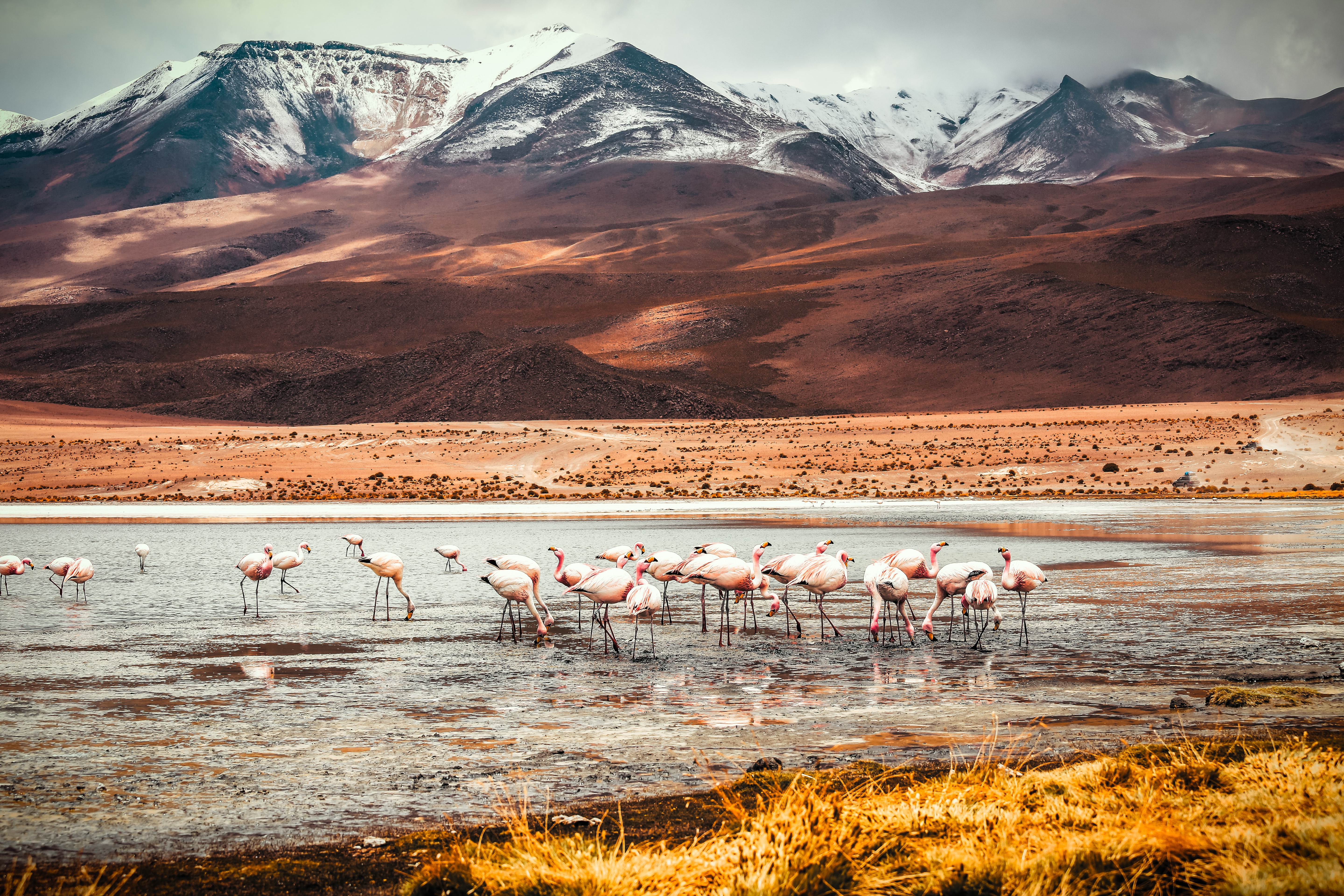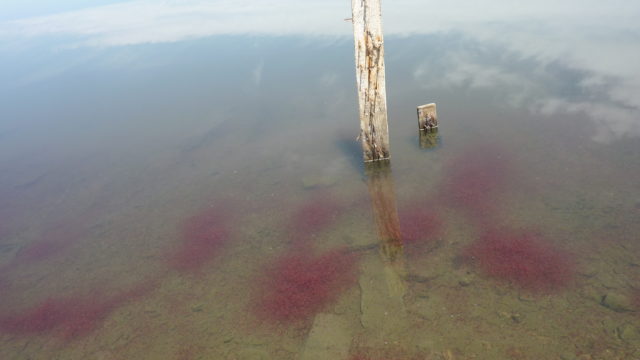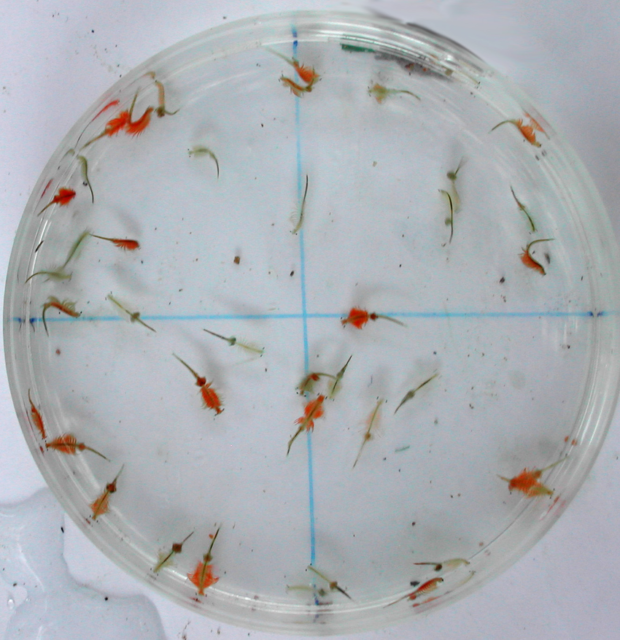Bad companies

Forming large groups (flocks, banks, swarms, herds, schools, …) is characteristic of many species. The generally accepted idea is that it is an adaptive process, in which the individual improves its chances of survival by being part of a numerous group. A shark does not know which fish to attack in a sardine bank and the same happens to a hawk in front of a flock of starlings. Although protection against predators is the most widespread hypothesis, it is believed that this behavior can also facilitate access to sexual partners, reduce energy expenditure and improve food exploitation in a given area. On the other hand, these benefits have to compensate for the possible drawbacks: increased predator interest, reduced availability of food per head, increased energy expenditure and greater exposure to parasites.
Group populations are interesting in many disciplines besides biology. For mathematicians, the study of these groups is important because they show emerging behavior that arises from simple rules followed by individuals and that does not imply central coordination. For physicists of active matter it is a phenomenon that is not in thermodynamic equilibrium and that requires new tools for its study.
All these processes are based on a basic premise: that animals are “owners” of themselves, that they are responsible for their behavior, that they have freely decided to group. But many times this is not the case. A group of researchers led by Nicolas Rode has seen that there are two species of crustaceans that form dense swarms that are controlled by other species, because they are the puppets of parasites that direct them in their own interest 1.
Artemia is a genus of branchiopod crustaceans, which lives in salty waters and has hardly evolved in its morphology since the Triassic. Artemias get rid of most potential predators, such as fish, for their ability to live in waters of very high salinity, up to 250 ‰. As a reference, ocean waters and open seas have an average salinity of 35 ‰, seven times lower. Very few aquatic species survive in the waters where the artemias live. Evidently that is no protection against the flamingos, who splash in those brackish waters that filter with the beak, and with which they separate the mud and the water from the plankton, algae and crustaceans, thanks to some structures that have between jaw and tongue and act like a comb. The beautiful pink color of the flamingos is due in fact to the presence in their food, including the artemias, of cantaxanthin, a carotenoid pigment that when degraded in the liver gives that color and is distributed by the feathers, the beak and the legs.
The group of researchers focused on two species of crustaceans, Artemia franciscana and Artemia parthenogenetica, which may be infested by a cestode, a flatworm called Flamingolepis liguloides, or by two microsporidia, unicellular parasitic fungi, Anostracospora rigaudi that infest mostly A. parthenogenetica and Enterocytospora artemiae that primarily infests A. franciscana (2). Artemias measure a few millimeters but are grouped in crustacean swarms that can be from twenty centimeters to a couple of meters in diameter. The schools are very short lived and in about an hour the crustaceans disperse.

The tapeworm F. liguloides has an indirect life cycle with artemia as an intermediate host and flamenco as a definitive host. On the other hand, microsporidia have a direct life cycle, infect a crustacean, spores are released in the feces and again ingested by other artemias and thus jump infesting other crustaceans. The study found that artemias infested with any of the three parasites studied were part of swarms with a much higher frequency than healthy Artemias, which were maintained in a much larger proportion in isolation. And why crustaceans parasitized with cestodes or fungi are grouped in swarms? The answer seems to be in the interest of parasites. Flamingos logically prefer to filter in areas where the density of individuals is high, because the work to get food will be more effective and, therefore, they will preferably devote themselves to dense groups and eat more infested crustaceans than if they focused on isolated individuals. That way the parasitic worm achieves its goal, ending in the bird. It is the opposite of what we believed; instead of securing security in the group, the artemias are swollen to form dense groups that make them easy prey 2.
The process is even more sophisticated: the crustacean is castrated, so it does not spend time and energy on reproduction; it has greater longevity, with which it has more possibilities of being one day eaten by a flamingo; it contains higher nutritional value, making it more nutritious and more desirable and, finally, spends more time swimming on the surface, which makes it more conspicuous to its predator. There is an even more striking change: Artemia goes from having a transparent to red color, an alteration due to the accumulation of carotenoids and hemoglobins 3. That makes them much more conspicuous for flamingos. Many of these processes cause Artemia to collaborate in a manner directed by the parasite and contrary to its interests in a specific objective: to bring the cestode into the bird. Artemias infested with microsporidia are also more likely to form swarms and swim near the surface, so that the parasite, a fungus in this case, also achieves its goal. Fungi do not need to enter a flamingo. They only infest the crustacean and to guarantee this it is best that the donor is above the recipient. If it is below, its feces will go to the bottom, to the mud, but if they are above, when defecating, the feces with the spores will fall ahead of the uninfected crustaceans and will be more likely to be eaten by those artemias and infest them. This could explain why artemias containing microsporidia swim preferentially on the surface while those carrying cestodes swim at all levels of depth, without a preferred level. In the case of fungi, transmission will be easier with more contact, with closer proximity, forming schools. Therefore, parasites benefit from having artemias form groups whether they have direct or indirect biological cycles.

The researchers eliminated some of the hypotheses about the formation of swarms : they were not gathering in areas that were richer in nutrients, they were not grouped because they were defending against fish that were predating them, for the simple reason that there was no fish; neither was it a response to bird attacks because they were seen even in the absence of any birds. It was also not a matter of breathing or oxygen gradients because the swarms do not depend on the presence of algae and the oxygen gradients are very low in natural habitats. The authors also verified that the results were not artefacts such as an infestation during transport to the laboratory. Microsporidia cannot be detected with PCR in the first two days after infestation, a period that is much longer than the duration of swarms. Therefore, it is very unlikely that the higher prevalence of microsporidia in the sampled groups will result from a direct transmission during the study. The authors also excluded the possibility that these swarms are due to other variables such as that they are formed by older individuals, with a greater probability of being parasitized because the models catered to the different size of the individuals, and also that there were several species or several genotypes more susceptible to infection. And neither was the explanation sex, because one of the species reproduces parthenogenetically; that is to say, virginally, without there being a previous mating. In fact the results were confirmed in Artemia parthenogenetica, that it only reproduces asexually and in the juvenile forms of A. franciscana, which does have sexual reproduction but in the adult stages. The authors also made experimental designs with which they demonstrated that when these manipulations occurred, the transmission of spores to other crustaceans increased. For all these reasons, and it is the conclusion of the study, parasites are responsible for promoting group behavior in artemias.
And how does the parasite generate a complex behavior such as swarming? It does not seem logical to achieve it from nothing. In one of the crustaceans studied, males are twice as likely as females to cluster in banks, suggesting that they meet for some type of sexual behavior. Worms and fungi probably exploit this codified behavior in healthy animals for their own benefit, promoting it. It is quite possible that there are other similar examples yet to be discovered. Cestodes and microsporidia are species belonging to different kingdoms and, nevertheless, converge in the same process: form swarms to favor infestation. Ashley Ward, from the University of Sydney, has seen that spiny fish from the Gasterosteidae family are also more likely to form schools if they are infected with microsporidia. Therefore, it is possible that part of the herds, banks, schools and swarms that we see do not have to do with improving the defense, reproduction or feeding but are the effect of internal masters, a manipulation of behavior led to out by a population of parasites.
References
- Yong E (2013) Parasites Make Their Hosts Sociable So They Get Eaten. National Geographic ↩
- Rode NO, Lievens EJP, Flaven E, Segard A, Jabbour-Zahab R, Sanchez MI, Lenormand T (2013) Why join groups? Lessons from parasite-manipulated Artemia. Ecology Letters 16(4): 493-501. ↩
- Sanchez, M.I., Georgiev, B., Nikolov, P., Vasileva, G. & Green, A.J. (2006). Red and transparent brine shrimps (Artemia parthenogenetica): a comparative study of their cestode infections. Parasitol. Res., 100, 111–114. ↩